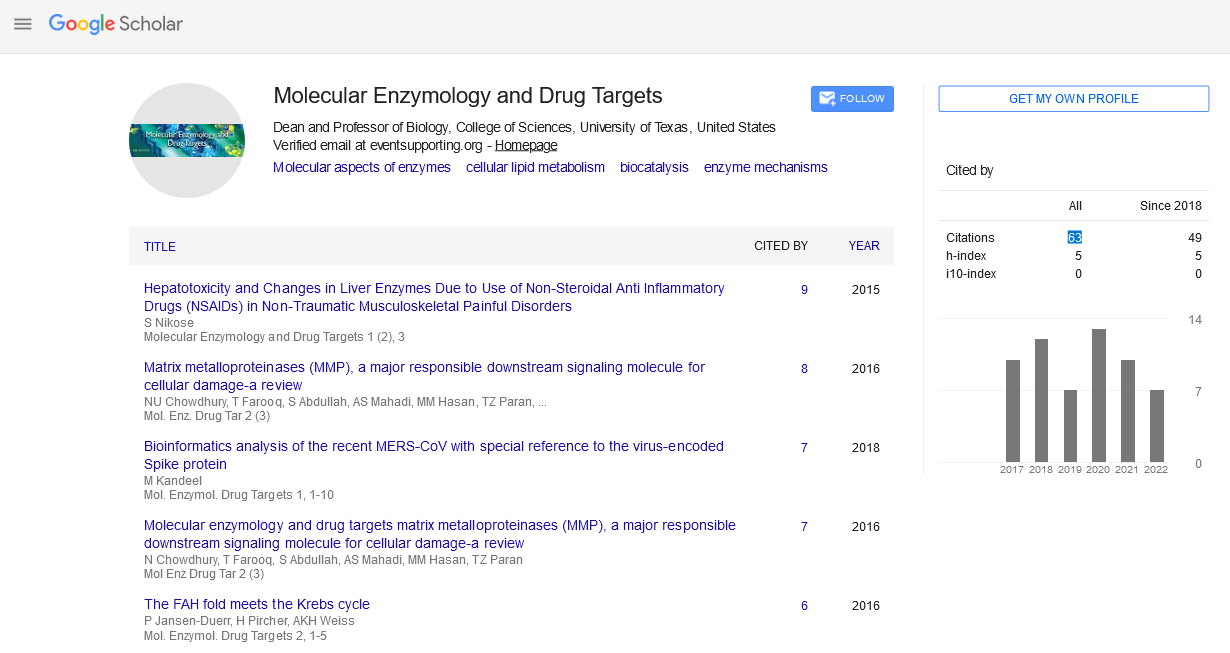Long noncoding RNAs (LncRNAs) are one of the interesting fields in cancer researches. LncRNAs are generally dysregulated in many diseases. LMCD1 antisense RNA 1 (LMCD1-AS1) is a newly identified lncRNA with pro-tumorigenic functions on tumor cells. LMCD1-AS1 expression is increased in hepatocellular carcinoma (HCC). LMCD1-AS1 is a sponge of miR-106b-5p activity. LMCD1-AS1 modulates survival of osteosarcoma via targeting miR-106b-5p. LMCD1-AS1 and Sp1 are highly expressed in osteosarcoma. SP1 can bind to the promoter region of LMCD1-AS1, resulting in its overexpression in osteosarcoma. GLI2 is shown to bind to the LMCD1-AS1 promoter and is transcriptionally activated by LMCD1-AS1. LMCD1 acts as a miR-1287-5p sponge to increase GLI2 expression. LMCD1 is abundantly expressed in kidney tissue. Moreover, it is functionally involved in protein-protein interactions with transcriptional co-repressor activity, including regulation of the calcineurin-NFAT signaling cascade known to play a critical role in recovery from acute kidney injury (AKI). E2F1/LMCD1-AS1/miR-345-5p/COL6A3 axis is a newly identified regulatory mechanism, which has a function in cholangiocarcinoma (CCA) tumorigenesis and progression and provides potential therapeutic targets for CCA. Also, LMCD1-AS1 functions in thyroid cancer (THCA) development. LMCD1-AS1 is overexpressed in THCA cells, and LMCD1-AS1 knockdown suppresses the malignant phenotypes of THCA cells. In THCA development, LMCD1-AS1 exerts pro-tumorigenic function through sponging miR-1287-5p to increase GLI2 expression, constituting a feedback loop of LMCD1-AS1/miR-1287-5p/GLI2. In this review, I focus on the molecular mechanisms of newly identified long noncoding RNA LMCD1 antisense RNA 1 (LMCD1-AS1).
40120





